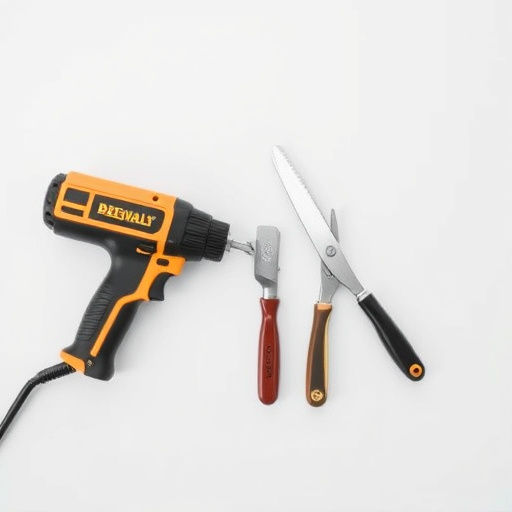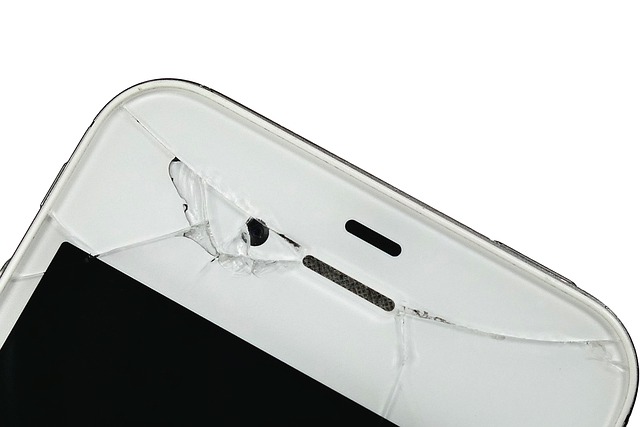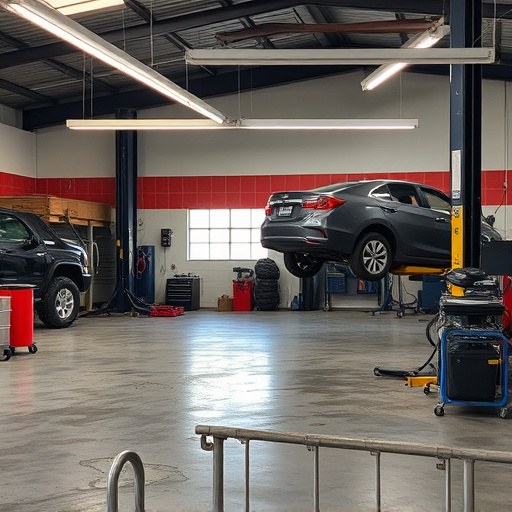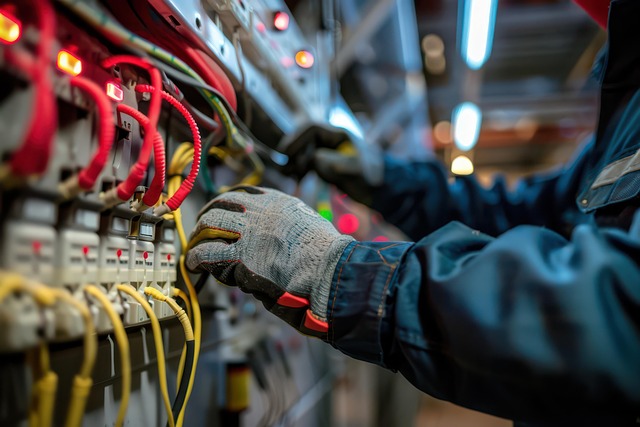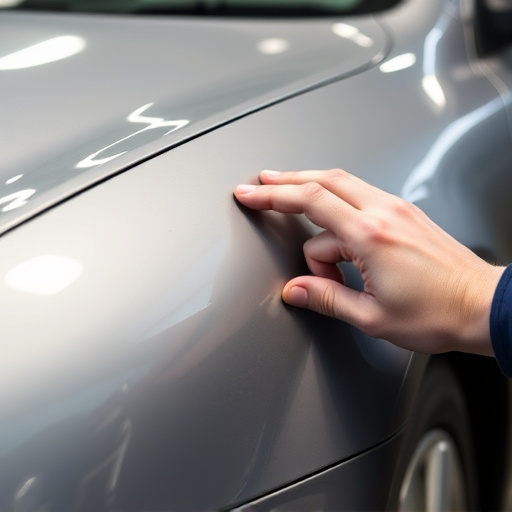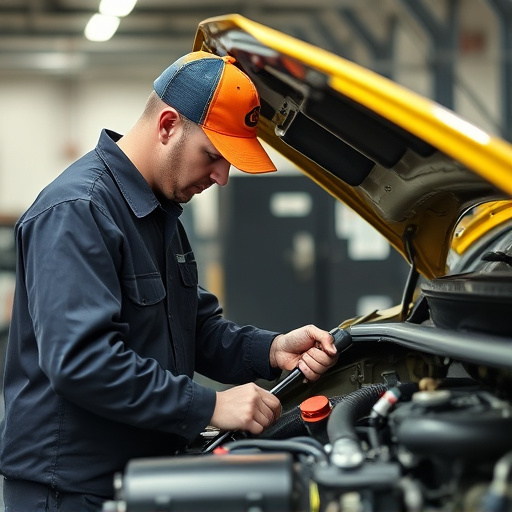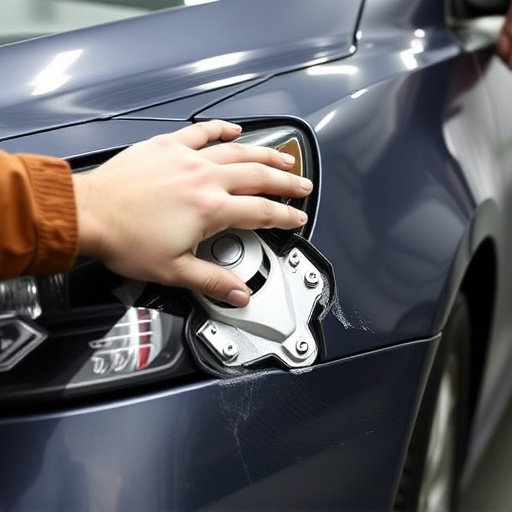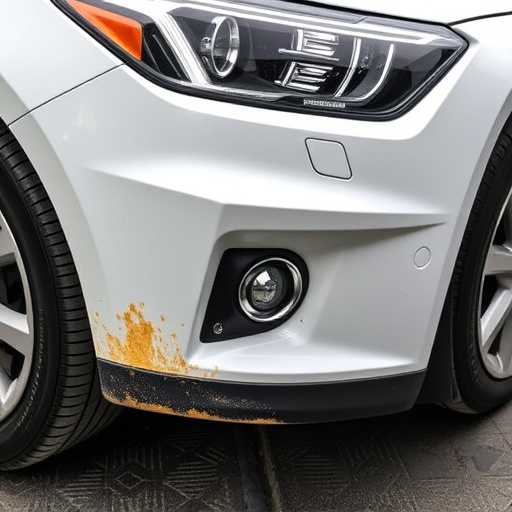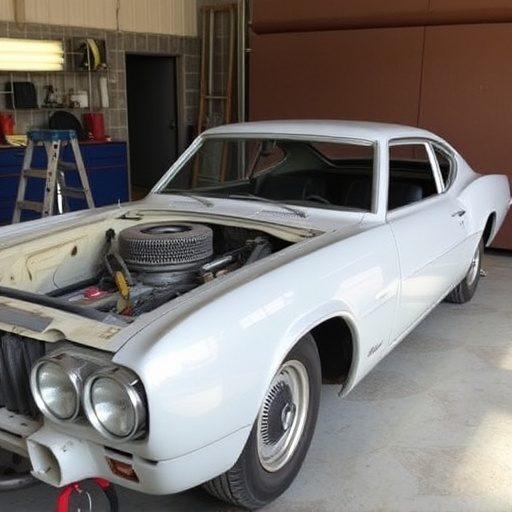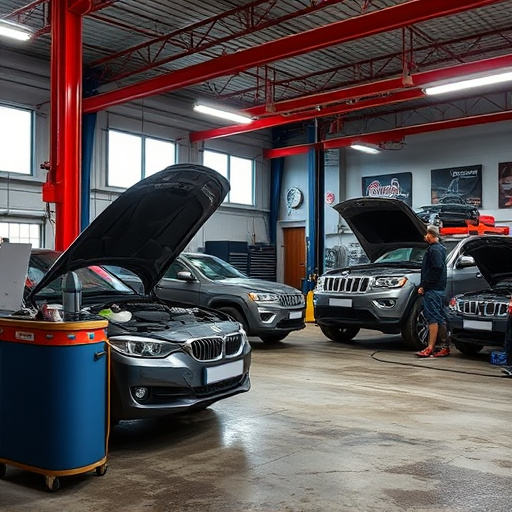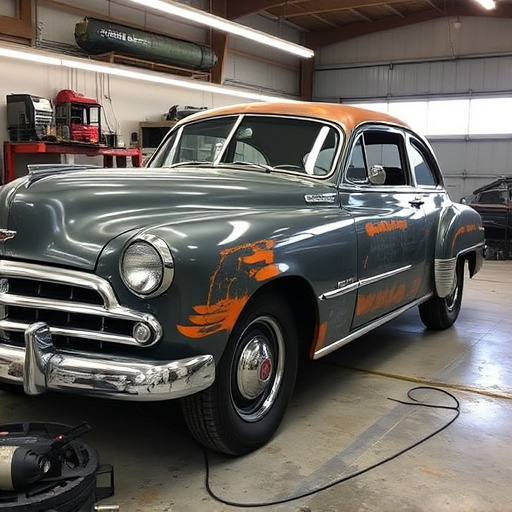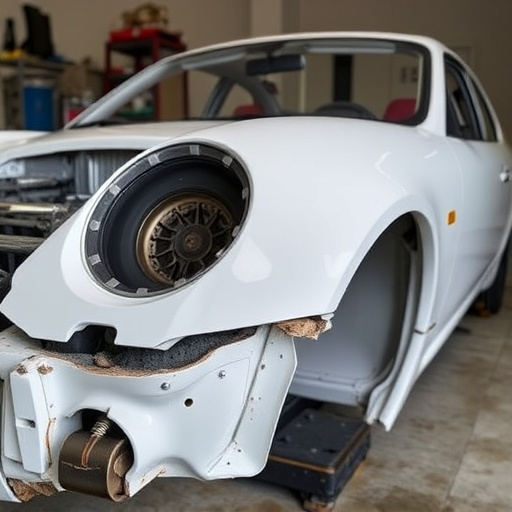The brake system collision check is a cutting-edge technology that enhances safety and accuracy in autobody repairs by simulating real-world scenarios to assess brake component performance. Integrating this system improves car paint and bodywork services, prevents costly mistakes, ensures customer satisfaction, and streamlines repairs. Regular checks identify potential issues early, enhancing safety, saving time and resources, and ensuring vehicles return to pre-collision condition with optimal performance. Best practices in post-collision brake repairs include comprehensive checks, use of high-quality parts, standardized procedures, balancing, testing, and transparent communication.
The brake system, a critical component in vehicle safety, demands meticulous care post-collisions. This is where the Brake System Collision Check technology steps in, revolutionizing repair accuracy. By accurately identifying impact-induced damage, it ensures repairs that enhance safety and performance. This article delves into the understanding of this technology, highlights the significant benefits of routine collision checks, and provides best practices for effective post-collision brake repairs, all centered around the pivotal concept of brake system collision check.
- Understanding Brake System Collision Check Technology
- Benefits of Routine Collision Checks for Repair Accuracy
- Best Practices for Effective Post-Collision Brake Repairs
Understanding Brake System Collision Check Technology

The brake system collision check technology is a sophisticated tool designed to enhance safety and precision in vehicle maintenance, particularly in autobody repairs. This advanced system goes beyond basic inspections by simulating real-world collision scenarios to accurately diagnose brake performance. It does this through a series of automated tests that evaluate the condition of various components within the brake system, ensuring they function optimally after potential impacts or accidents.
By integrating brake system collision check into their operations, repair shops can significantly improve the quality of car paint services and car bodywork services. This technology allows technicians to detect subtle issues that might be missed during manual checks, thereby preventing costly mistakes and ensuring customer satisfaction. Moreover, it aids in accurate damage assessment, helping to determine which parts require replacement or repair, thus streamlining the entire repair process.
Benefits of Routine Collision Checks for Repair Accuracy

Regular brake system collision checks are a game-changer when it comes to maintaining repair accuracy in auto body shops and automotive collision centers. This essential practice allows technicians to identify potential issues before they become major problems, ensuring that every repair is carried out with precision and efficiency. By performing these checks, mechanics can detect even the slightest discrepancies in brake components, such as worn pads or distorted rotors, which might go unnoticed during routine inspections.
Such proactive measures significantly reduce the likelihood of subsequent collisions by addressing underlying problems early on. This not only saves time and resources for both customers and auto collision centers but also enhances overall safety on the road. Moreover, accurate repairs mean that vehicles return to their pre-collision condition, ensuring optimal performance and peace of mind for drivers.
Best Practices for Effective Post-Collision Brake Repairs
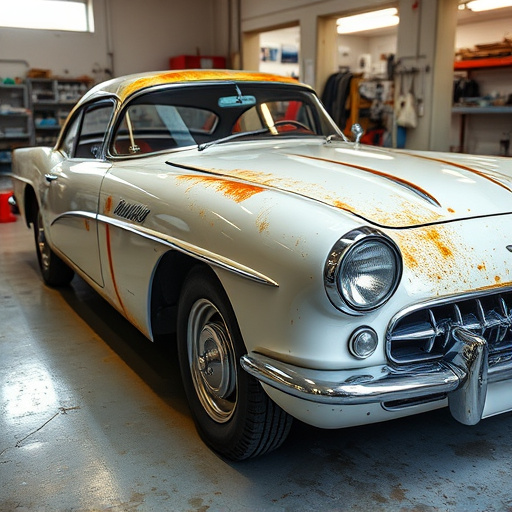
When performing post-collision brake repairs, adhering to best practices is paramount to ensure safety and accuracy. The initial step involves a thorough brake system collision check to identify any damage or wear. This includes visually inspecting the brakes for signs of distortion, pitting, or cracking, as well as checking the condition of brake pads, rotors, and calipers. Advanced diagnostic tools can also be employed to assess the integrity of hydraulic systems and sensors.
During the repair process, using high-quality replacement parts specifically designed for your vehicle make and model is crucial. Certified technicians should follow standardized procedures for disassembly, cleaning, and reassembly to minimize contamination and ensure proper alignment. Additionally, balancing and testing the system post-repair is essential to guarantee optimal performance and safety during vehicle collision repair or collision damage repair services. Effective communication between mechanics and clients about expected turnaround times and potential costs also fosters a transparent and positive experience with vehicle repair services.
The implementation of brake system collision check technology is a game-changer in ensuring precision repairs and enhancing vehicle safety. By regularly conducting these checks, mechanics can identify subtle issues that may go unnoticed otherwise, leading to more accurate and effective post-collision brake repairs. This proactive approach not only saves time and costs but also guarantees the well-being of drivers on the road. Incorporating best practices into the repair process further solidifies the importance of routine collision checks as a vital step in maintaining optimal brake system performance.

